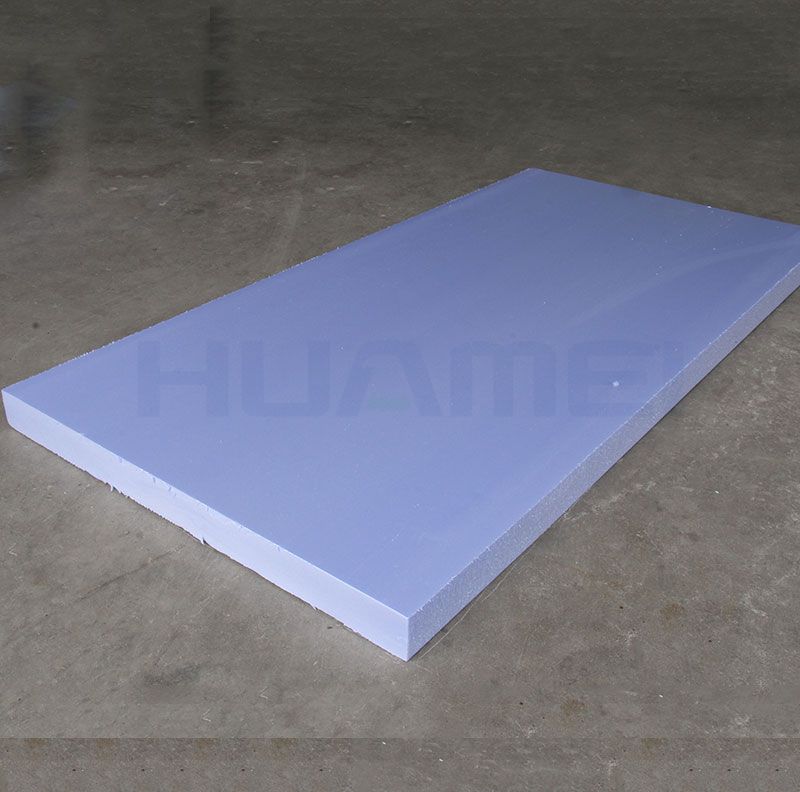What are the uses of extruded polystyrene XPS?
Extruded polystyrene (XPS) is a versatile and versatile material with a variety of applications, particularly in the construction industry. This rigid foam board is known for its excellent insulation properties, strength, and durability. Let's explore the many uses of XPS in more detail.
1. Building insulation:
One of the main uses of XPS is as building insulation. The closed-cell structure of XPS foam board makes it highly moisture-resistant, making it ideal for applications where waterproofing damage is critical. Common uses include insulating foundations, roofs, walls and floors.
2. Roof insulation:
XPS is frequently used in roofing applications. Its high compressive strength ensures it can withstand the load of roofing materials, providing stable and durable insulation. The moisture resistance of XPS is particularly valuable in this case, preventing water absorption and maintaining its insulating properties over time.
3. Wall insulation:
In wall insulation, XPS helps improve energy efficiency by reducing heat transfer. Installing XPS panels within walls creates a thermal barrier that prevents hot or cold air from escaping. This not only improves the comfort of the indoor space but also helps save energy by reducing the need for constant heating or cooling.
4. Basic insulation:
Foundations are easily affected by temperature changes, and XPS is an excellent choice for insulation to prevent heat loss or gain. By insulating the foundation, XPS helps maintain a more stable temperature within the building, thereby reducing energy consumption and improving overall energy efficiency.
5. Floor insulation:
XPS is also used in insulated floors, providing a barrier against heat transfer between the building and the ground. This is especially important in spaces such as basements or ground floors where temperature differences may be large. Effective floor insulation can improve a building’s overall energy performance.
6. Shipping and packaging:
In addition to construction, XPS also has applications in the transportation industry. It is used to make lightweight parts for vehicles and helps improve fuel efficiency. Additionally, XPS is used in packaging materials to protect fragile items during transportation. Its shock-absorbing properties make it an excellent choice for ensuring the safe transportation of cargo.
7. Craftsmanship and Modeling:
From a more creative perspective, XPS is popular for crafting and modeling. Its light weight and easy molding make it a favorite among amateurs and professionals alike. Whether creating architectural models or producing complex designs, XPS provides a versatile medium for artistic expression.
8. Floral and Event Design:
In the field of floral and event design, XPS foam is often used as a structural basis for creating decorative elements. Its lightweight nature allows it to construct sophisticated and visually striking pieces without adding too much weight.
9. Scenic design for the entertainment industry:
XPS is commonly used in the entertainment industry for set design in theater, film and television productions. Its versatility enables set designers to create realistic and visually appealing props and backdrops.
10. Geotechnical applications:
In some geotechnical applications, XPS is used to stabilize soil and act as a protective layer against erosion. Its durability and resistance to environmental factors make it suitable for such applications.
In summary, extruded polystyrene (XPS) is a multi-faceted material that has a place in a variety of industries and creative pursuits. From providing essential insulation in construction to serving as a medium for artistic expression, XPS continues to play a vital role in a variety of applications, demonstrating its adaptability and usefulness in diverse fields.

评论
发表评论